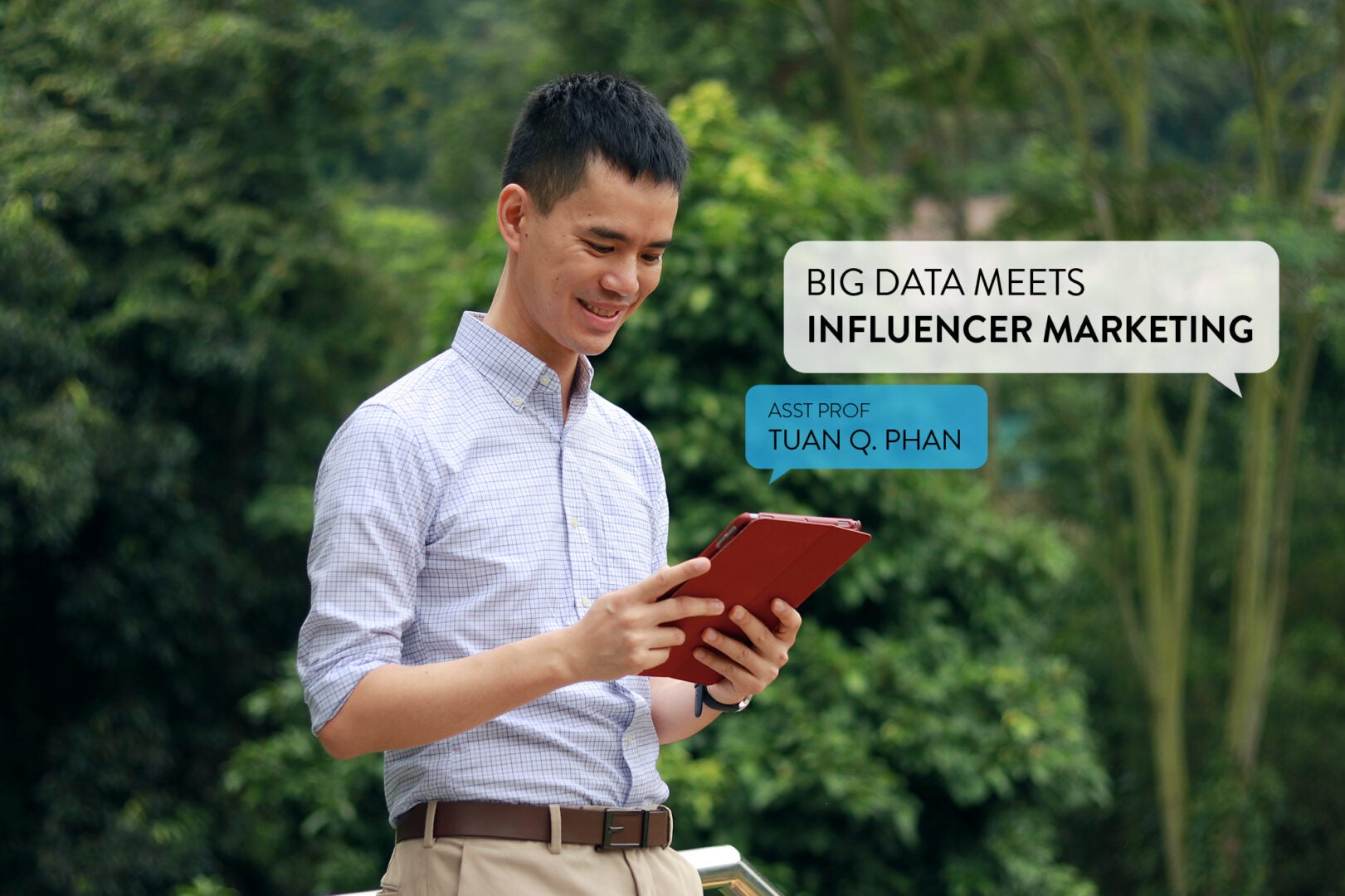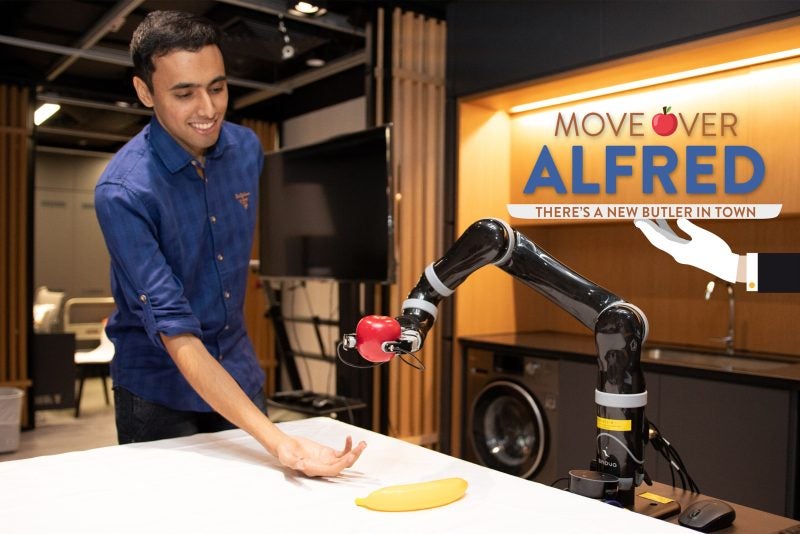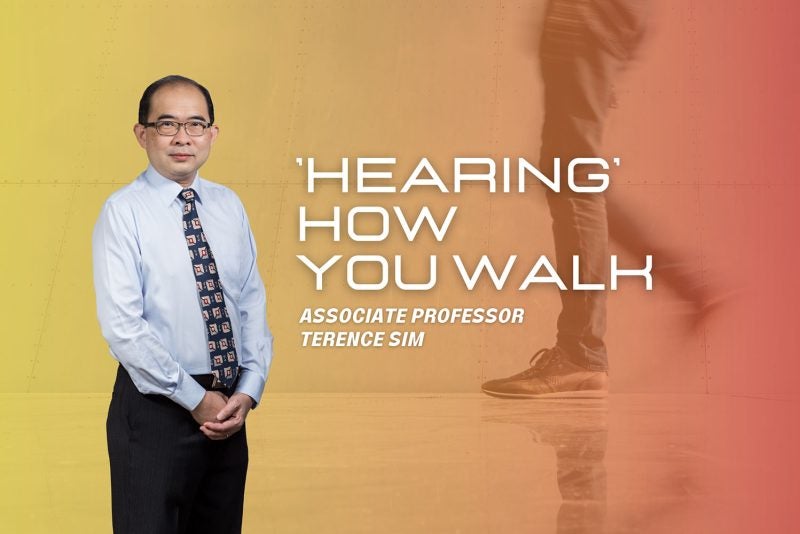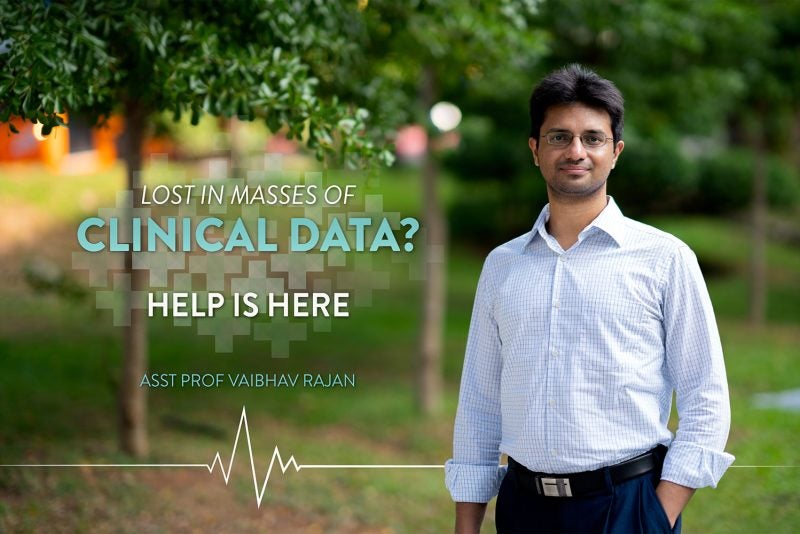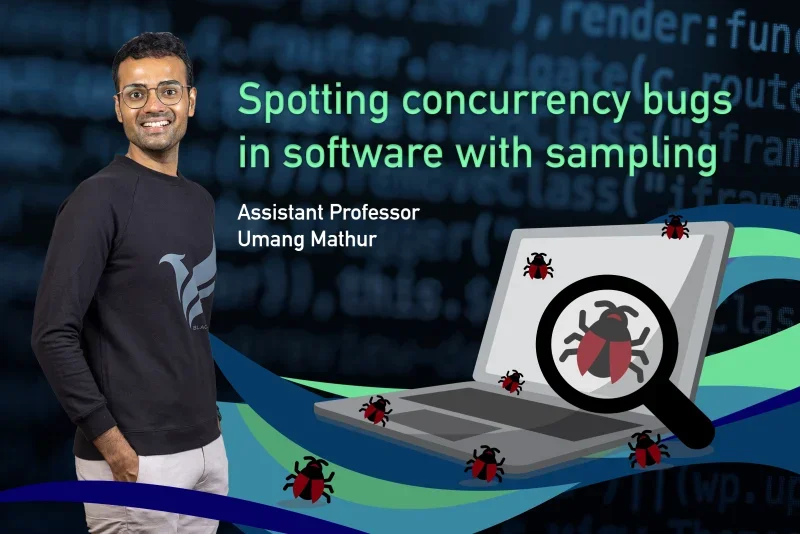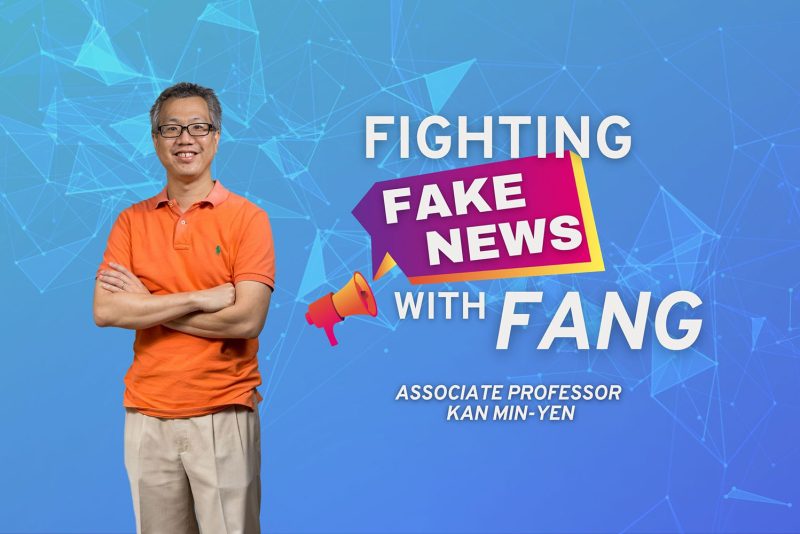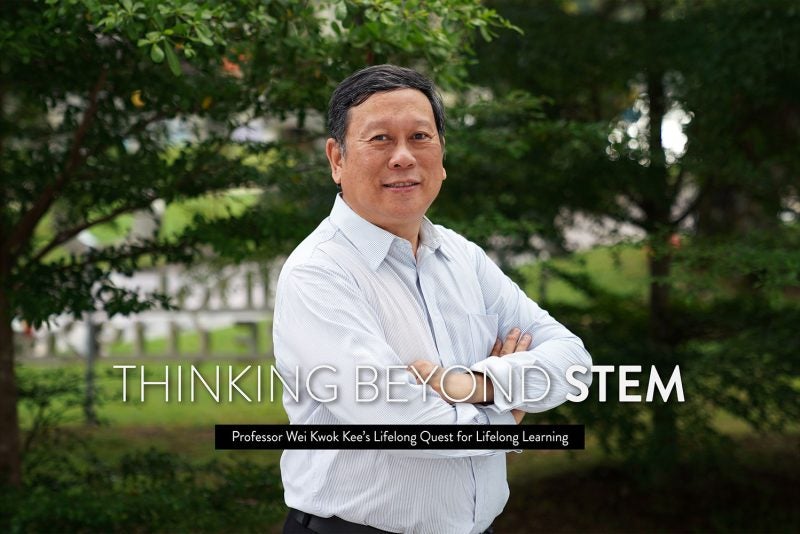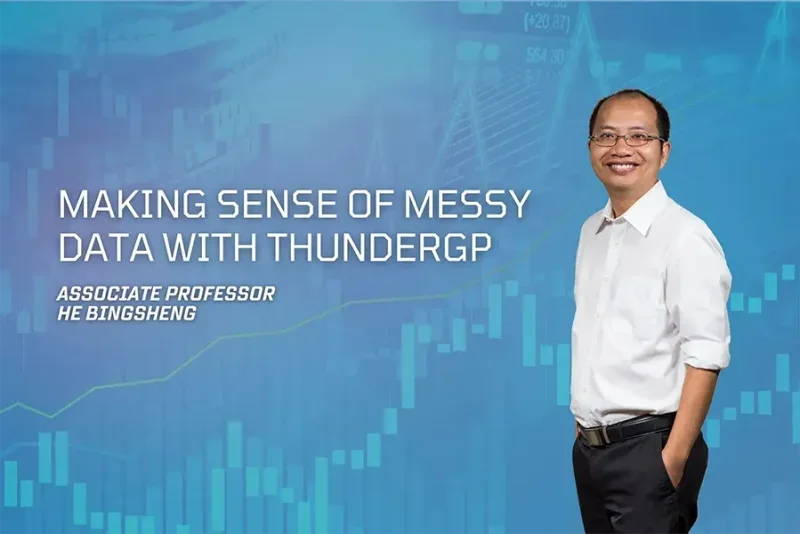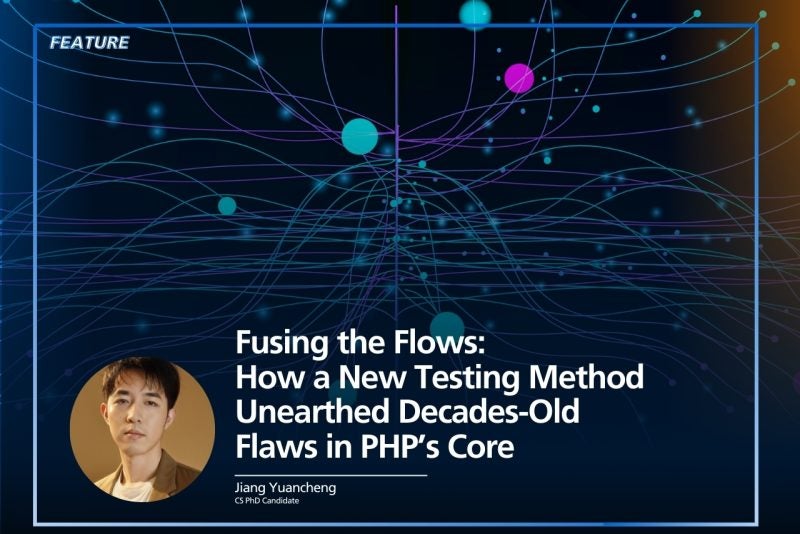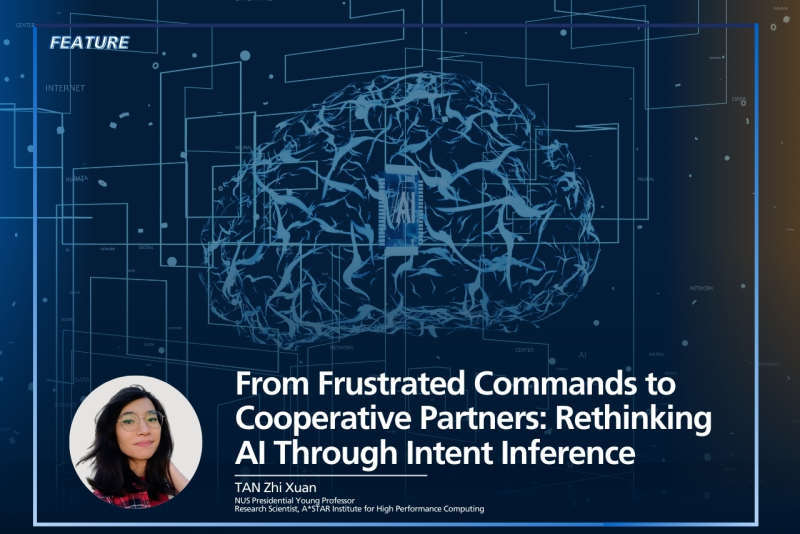One of biggest challenges in marketing is the task of identifying influencers in today’s large and complex social networks, such as Facebook or LinkedIn.
Yet new research by Tuan Q. Phan, Assistant Professor of Information Systems and Analytics at the National University of Singapore (NUS) School of Computing, proposes techniques that can help find the people most likely to drive awareness and uptake of a product or service, making marketing campaigns vastly more cost-effective and impactful.
These techniques go beyond traditional approaches to identifying influencers, which tend to confuse influence with the extent of an individual’s social connections. As Phan demonstrates, those with the most friends or followers on social media are not always the most influential. In many situations, people are more readily swayed by the attitudes and behaviours of their family, friends, and community leaders. Moreover, the extent of that influence can change over time and vary significantly based on the context and a wide range of factors, such as frequency of interactions, level of intimacy, and other variables.
This creates thorny challenges for marketers of all types. Imagine, for example, that you are an NGO running a public health campaign to improve vaccination rates. Many people in your target audience subscribe to the YouTube channel of a popular celebrity, but they may ultimately be more responsive to Facebook posts from the local community doctor. How much of your marketing budget should go towards YouTube vs. Facebook? How much time should you focus on courting a single celebrity advocate vs. recruiting local leaders to your cause? In both the public and the private sector, marketers wrestle with these kinds of questions daily.
Such decisions should not be based on intuition or theory. Anyone versed in the research of famous psychologists like Daniel Kahenman or behavioural economists like Dan Ariely will know that influence often works in mysterious ways. Case in point: when making purchase decisions, we might assume that most people are more likely to listen to their close friends over loose acquaintances, but studies have shown the opposite effect for some kinds of products. It is therefore crucial that measures of influence are derived from real world data and updated in real time.
“Identifying influencers is ultimately a big data challenge,” says Phan. “When I first started this research back in the mid-2000s, our work was mostly theoretical, but we now have both the datasets and the computational power to test those theories with a high degree of precision. Our task now is to refine the algorithms and analytic methods to realise that opportunity.”
Some of these methods were outlined in an April 2017 paper that Phan co-authored with Xi Chen, an Assistant Professor of Marketing at Erasmus University in the Netherlands, and Ralf van der Lans, an Associate Professor of Marketing at the Hong Kong University of Science and Technology. Published in the Journal of Marketing Research, a premium journal in the field of marketing, the paper describes a “multinetwork approach for seeding decisions” that uses advanced analytics to account for the wide range of dynamic variables that impact influence on social media.
The paper includes two case studies showing that this multinetwork method outperforms more conventional approaches to influencer marketing in a variety of contexts. The first looked at diffusion of a microfinance product launched by Bharatha Swamuki Samsthe, an Indian financial institution, across 43 villages in southern India. The researchers sought to determine what kind of influencers—such as teachers, shopkeepers, social workers, or other community figures—could most effectively drive product awareness and uptake.
“Microfinance institutions have great potential to boost financial inclusion in both emerging and developed markets,” says Phan. “By improving the efficacy of microfinance marketing initiatives, financial institutions can provide credit to the 2 billion people globally that lack access to basic financial services.”
The second case study looked at how information from brand advertisements during the 2010 Super Bowl, the major annual sporting event in the United States, propagated through the online social networks of students at a large American university. Using anonymised records for over 42,000 undergraduates that included demographic information and online behaviour (including one-to-one messaging, public posting, and commenting), the researchers proposed marketing strategies that could improve brand reach by up to 92%.
“Super Bowl advertisements often reach tens of millions of viewers and cost millions of dollars for a 30-second slot,” says Phan. “Understanding how awareness of those ads cascades through online and offline social networks can have major bottom-line impact for advertisers.”
Phan acknowledges that his multinetwork approach to influencer marketing still needs further refinement, but initial evidence suggests that it provides superior results over more traditional methods. The fact that it works in both online and offline networks of vastly different size and structure indicates that it is scalable and flexible for a wide range of marketing scenarios. It thus holds potential to support professional marketers of all types in the elusive but potentially profitable quest for virality.

